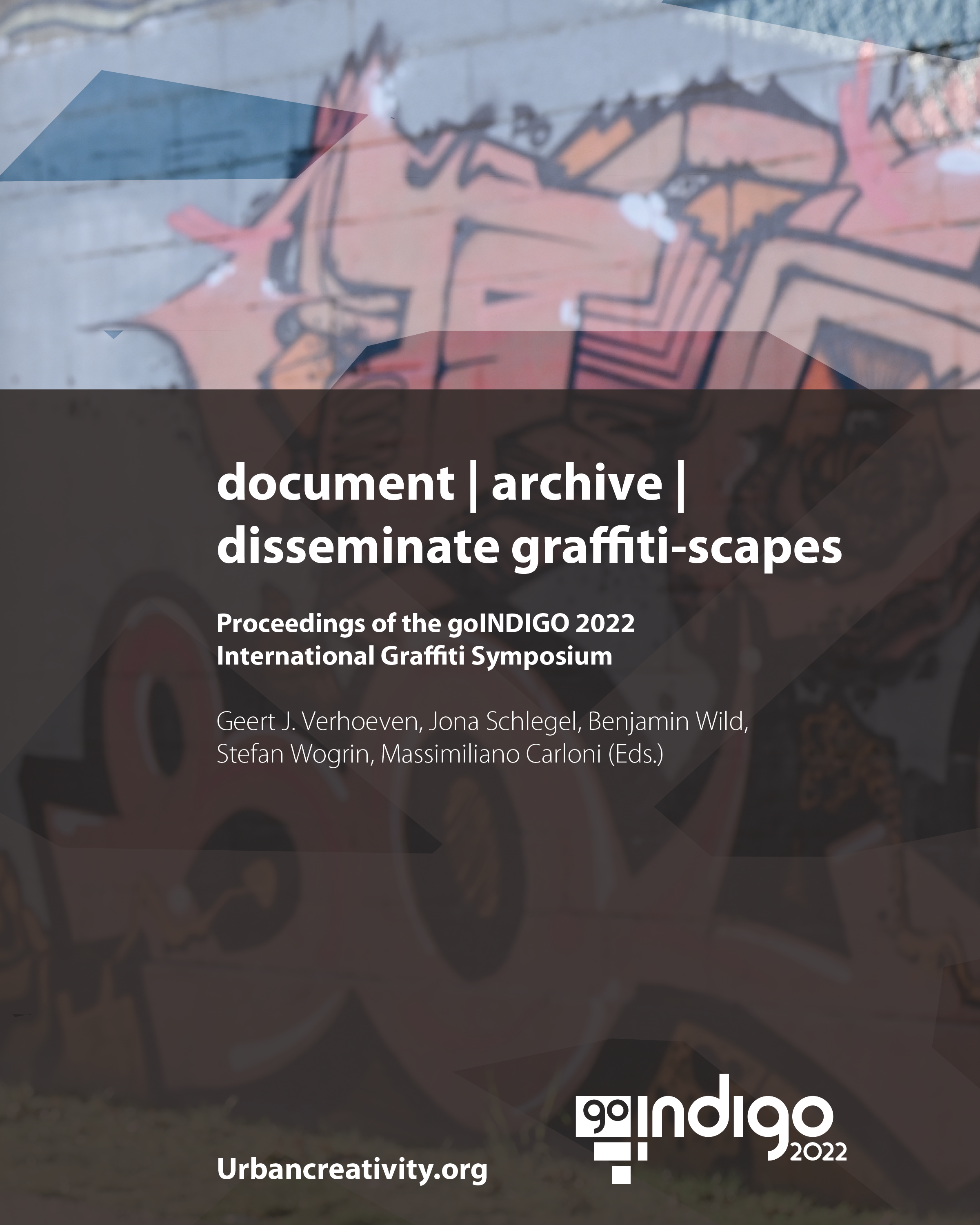Graffiti & Bananas. Street Art in Linz
DOI:
https://doi.org/10.48619/indigo.v0i0.717Keywords:
City)museum, exhibition, graffiti, hidden town, LinzAbstract
Is this art, or does it go into the bin? Graffiti and street art polarise. Vandalism and damage to property in the eyes of some, added value or even art for the City and its inhabitants for others. Born as a US American subculture in the 1960s, graffiti has today conquered public space all over the world. Since the 1980s, a street art scene has developed in Linz, which came of age and became attractive for tourism and business at the latest with the foundation of the Mural Harbor, ‘Europe’s biggest outdoor graffiti and street art gallery. Covering a wide range from signatures, political slogans, stencil images and stickers on dust bins to large-scale colourful spray paintings, these anti-establishment comments are to be found practically everywhere in Linz’s urban landscape. Unauthorised art invades the City and playfully raises the question of who public space belongs to. Heteronomy, permission culture and self-empowerment as parts of our social structure have significantly been gaining importance in this context, especially since COVID-19 took on pandemic dimensions. The exhibition “Graffiti & Bananas”, curated by Klaudia Kreslehner, documented for the first time the development of graffiti and street art in Linz. Photos, reports and contemporary works of art testify to an urban movement whose pithy pictorial language paints the social climate on our City’s walls.


